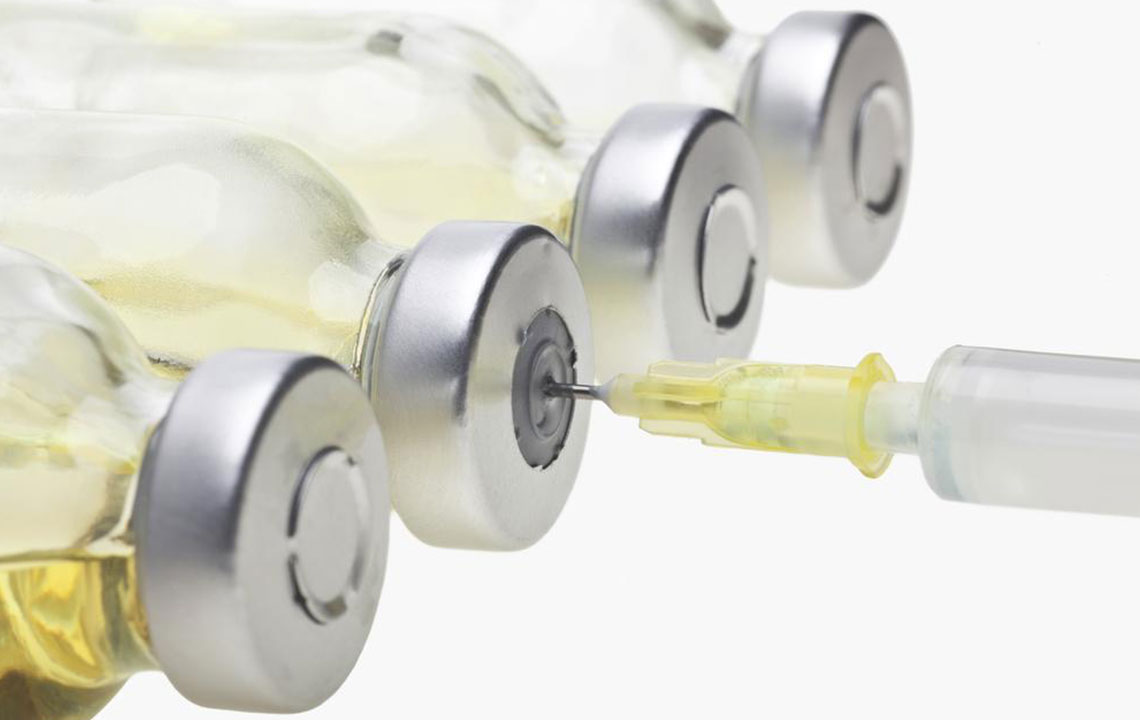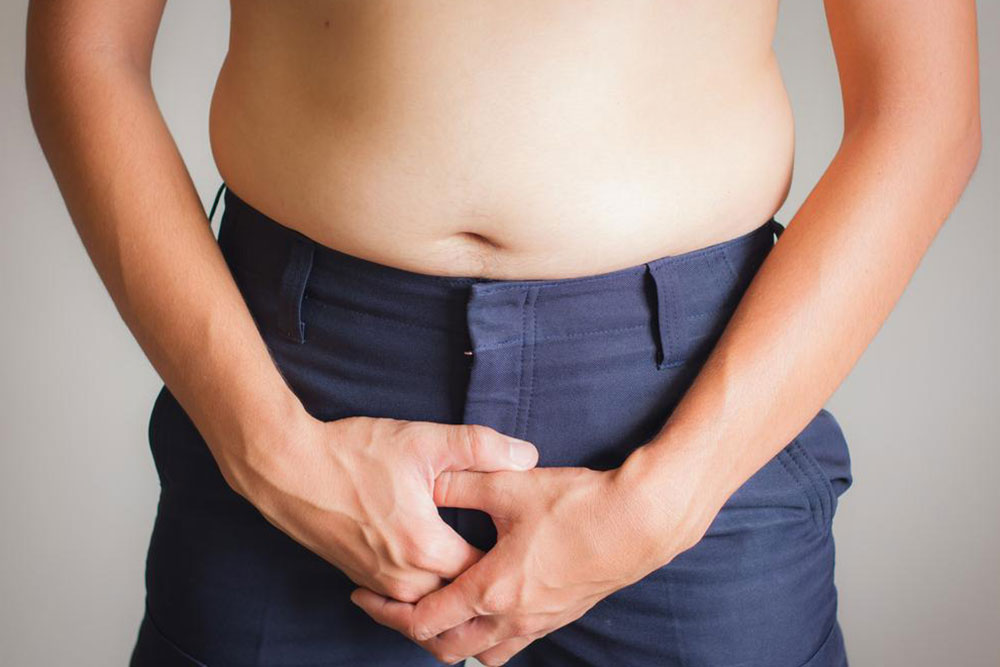Comprehensive Guide to Male Urinary Catheters and Their Applications
This comprehensive guide explores the types and uses of male urinary catheters, including indwelling, external, and short-term options. It discusses their appropriate applications, materials used, and best practices for safe use, addressing common medical needs like incontinence, retention, and post-surgical recovery. Maintaining hygiene and professional insertion are emphasized for preventing infections and ensuring comfort during catheterization.
Sponsored

Types and Applications of Urinary Catheters in Men
Urinary catheters are slender, flexible tubes designed to drain urine from the bladder. They are essential for individuals experiencing difficulties in urination or urinary control issues. These devices are used in various medical scenarios to facilitate urine management effectively.
Designed specifically for men, these catheters help drain urine for patients with incontinence, retention, or after urological surgeries. They are crafted from materials like silicone, plastic, or rubber, and are available in multiple sizes and designs.
Categories of male urinary catheters
Catheters are used as long as the patient cannot urinate normally. While some individuals require short-term use, others, like elderly or those with permanent urinary damage, may need indefinite catheterization.
Primarily, there are three types: indwelling, external, and short-term catheters. They can be single-use or reusable based on the medical requirement.
Indwelling catheters: These are inserted into the bladder and remain in place. Known as Foley catheters, they are suitable for both short-term and long-term use. Placement is done by healthcare professionals via the urethra, sometimes through a suprapubic approach in cases requiring a catheter through an abdominal incision. They feature a balloon inflated with water to secure the catheter inside the bladder.
External catheters: Commonly called condom catheters, these are placed outside the body, covering the penis like a condom. Connected to a drainage bag, they are less prone to infections than internal catheters and are suitable for those with severe physical or mental conditions. Replacement is typically done daily, though some brands are designed for extended wear.
Short-term catheters: Used temporarily, such as after surgery, these in-and-out catheters are inserted via the urethra or through a small abdominal incision until bladder function normalizes.
Indicative uses:
Urinary incontinence, whether temporary or chronic
Urinary retention caused by physical disorders
Uncontrolled urination due to injury, medication, or disabilities
Post-surgical recovery for bladder function support
Yourtinary system injuries impairing normal urination
Proper insertion by qualified medical staff is vital to prevent pain and infections. Regular care, including cleaning and hydration, is crucial to minimize infection risks associated with catheter use.






